Crowds of mourners filled Nairobi’s main stadium on Friday, their chants and songs of tribute to Raila Odinga echoing across the stands. What began as a solemn and emotional farewell to one of Kenya’s most influential political figures turned tragic when panic swept through a section of the crowd, leaving several people injured in a stampede.
Medical sources later confirmed that at least seventeen mourners were receiving treatment at Kenyatta National Hospital after the incident.
Raila Odinga, who passed away on Wednesday in India at the age of 80, was a man who shaped Kenya’s political landscape for more than four decades. His death triggered a wave of grief across the country, with thousands pouring into the streets to celebrate his legacy and mourn his passing.
For many, he was not just a politician but a symbol of resilience, reform, and hope. The turnout at his state funeral reflected the deep emotional connection he had built with ordinary Kenyans over the years.Witnesses said the situation at the stadium grew tense when a section of the crowd tried to move closer to view Odinga’s body.
As people surged forward, pushing and shoving began, leading to chaos and injuries. The Kenya Red Cross confirmed that its emergency teams were on the ground offering first aid and transporting the injured to nearby hospitals.
Reports also indicated that some of those hurt were trampled as the crowd struggled to control the movement near the casket.
Security at the event had already been heightened following a deadly incident the previous day, when three mourners were shot and killed after forcing their way through a gate during a public viewing.
On Friday, police maintained tight control at entry points and around the main stage, but the sheer number of people made it difficult to manage the situation once the stampede began. Footage aired by local stations showed officers and medical workers rushing to assist the injured as others tried to calm the restless crowd.
Despite the tense moments, the mood in the stadium was largely one of unity and remembrance. Mourners waved white handkerchiefs, blew whistles, and sang songs that celebrated Odinga’s decades-long fight for democracy and justice.
Giant banners bearing his portrait hung from the stands, while leaders from across the political divide, including President William Ruto, paid their final respects.
Odinga’s influence stretched far beyond his role as an opposition leader. Once a political prisoner, he later served as prime minister and worked with different administrations, often bridging divides in moments of national tension.
His partnerships with former President Uhuru Kenyatta in 2018 and with President Ruto last year showed his ability to adapt and find common ground even with his former rivals.
The former prime minister’s body is expected to be taken to his rural home in western Kenya for burial on Sunday. In that region, where Odinga’s Luo community holds deep affection for him, thousands more are preparing to welcome their leader home.
His death has left a void in Kenya’s political scene and in the hearts of those who saw him as the embodiment of endurance and change a man whose name became synonymous with the country’s long and often painful journey toward democracy.





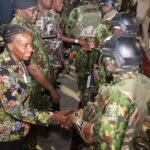

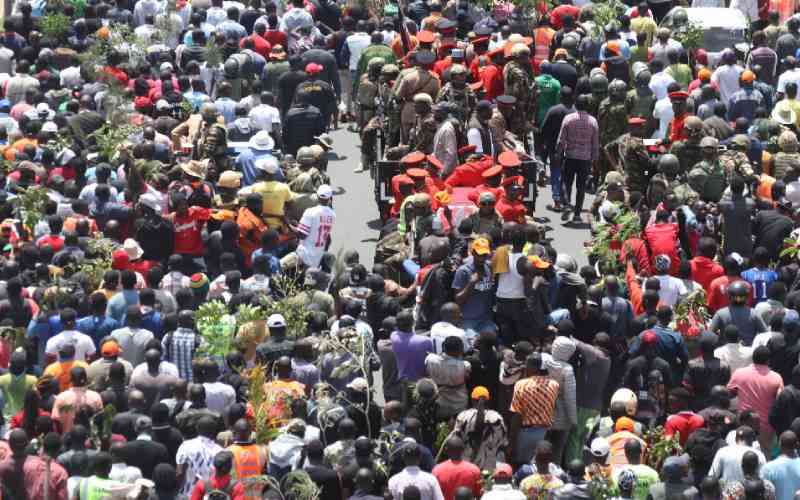
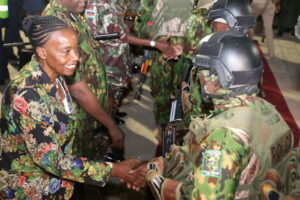
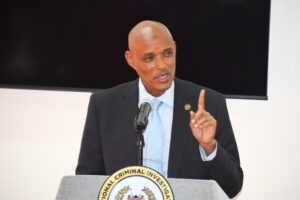

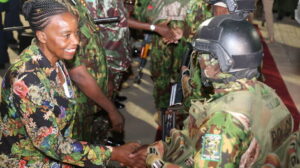
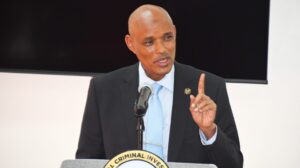


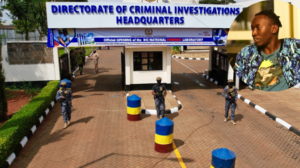

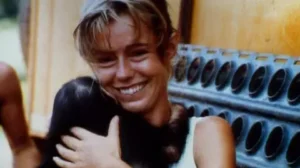



Add Comment